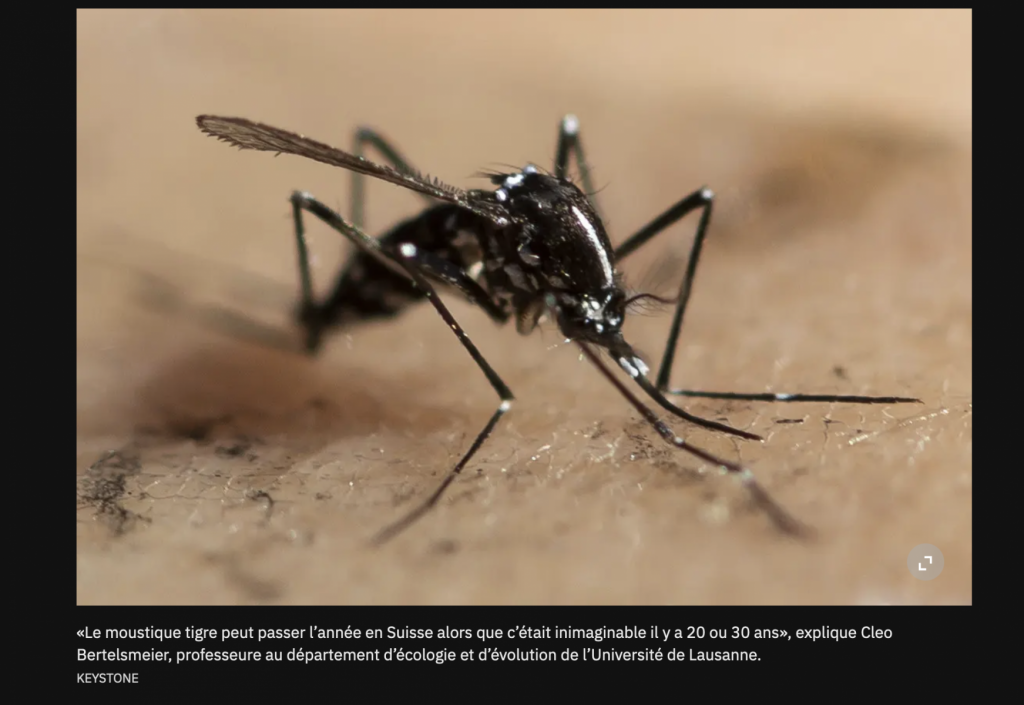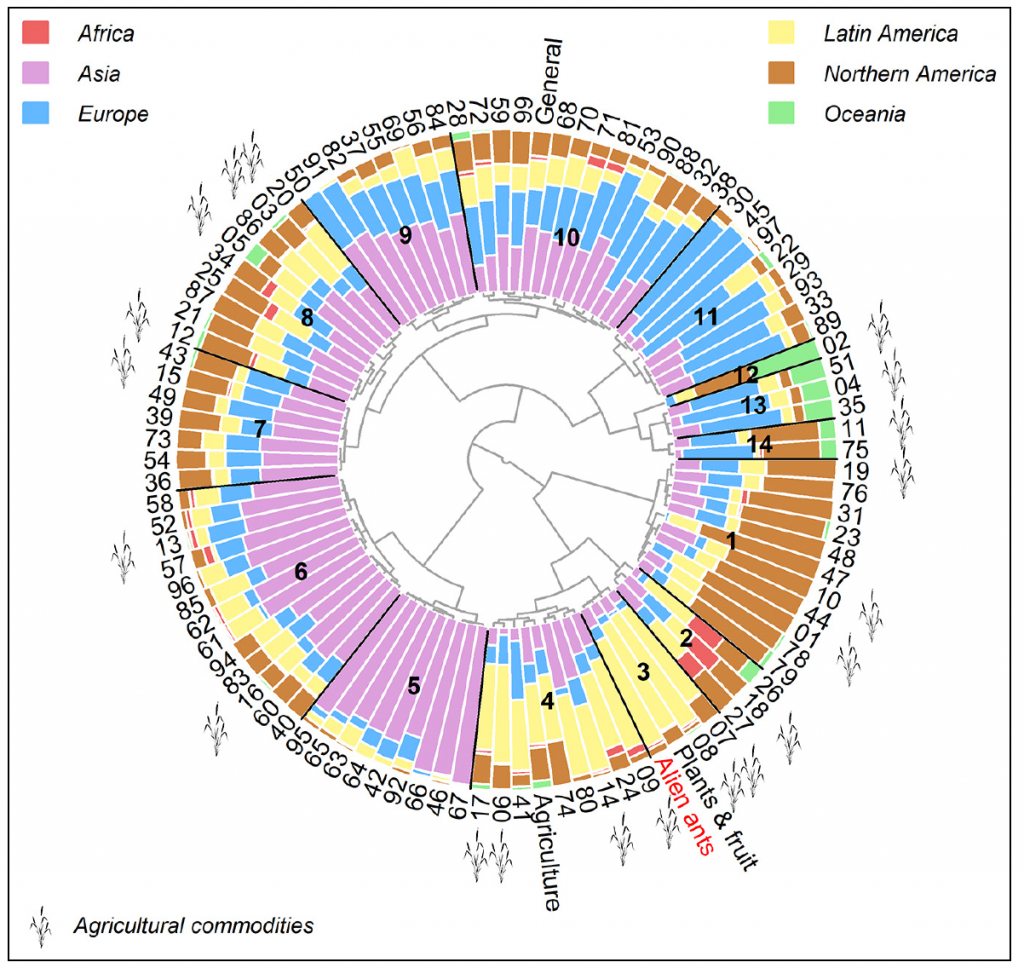Aymeric Bonnamour and Cleo Bertelsmeier have published a study on historical plant invasions predicting current insect invasions. Invasive insects severely impair ecosystem functioning and impact human societies. It is therefore urgent to better predict and prevent future invasions. Using statistical models, they show that nonnative plant introductions are a major driver of insect invasions, and that insect invasions lag behind plant invasions. In the near future, new insect invasions are estimated to increase by 35% worldwide based on recent nonnative plant introductions. The Afrotropics, the Neotropics, and Indomalaya are the regions most at risk of future invasions. These results highlight that limiting the introduction and spread of nonnative plants will be key to preventing future insect invasions. Link
The study was featured on:



